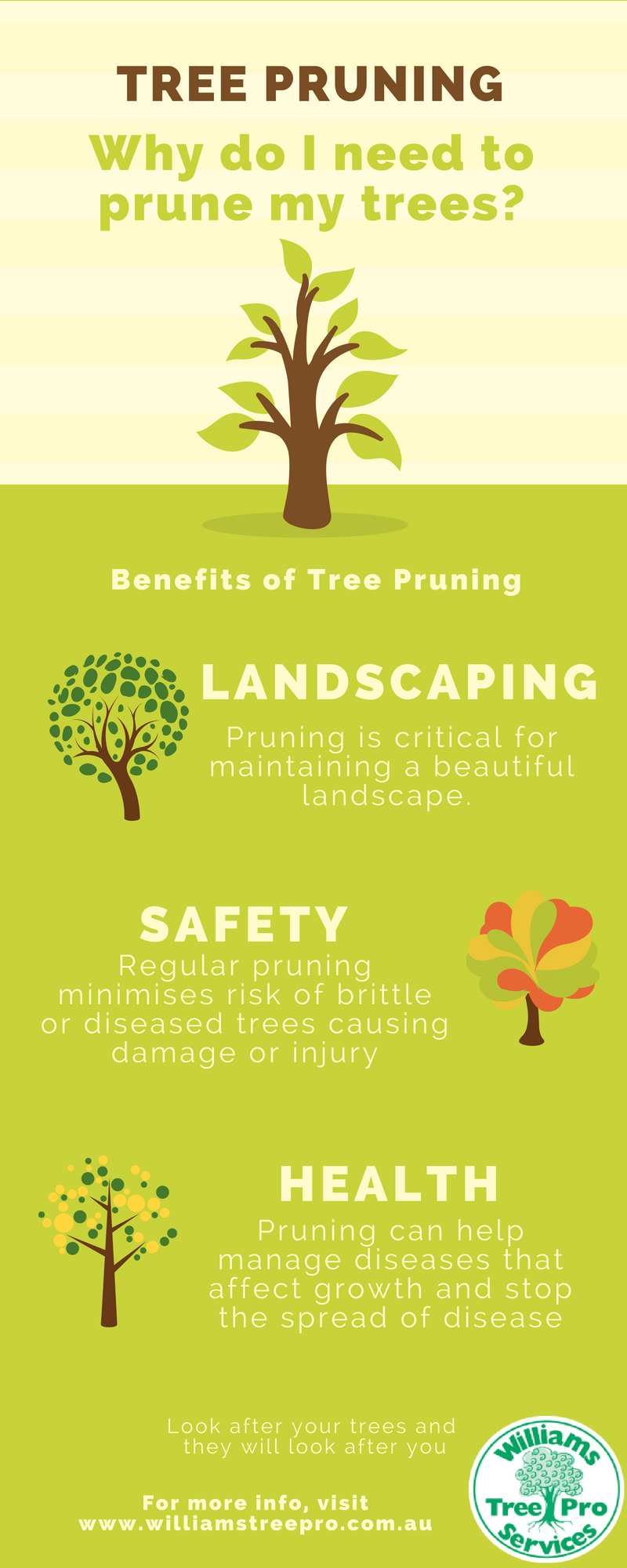Evaluating Tree Wellness: Standards For Deciding On Tree Elimination
Evaluating Tree Wellness: Standards For Deciding On Tree Elimination
Blog Article
Material Writer-Dale Levy
If you've ever questioned the destiny of the trees on your home, recognizing when it's time for removal is vital. Yet how do you determine if a tree can be conserved or if elimination is the only option? By trying to find certain indicators and reviewing security threats, you can make educated choices that profit both your landscape and your surroundings. Let's check out the essential elements that enter play when determining the fate of a tree and just how you can guarantee the very best end result for your eco-friendly friends.
Signs of Tree Decrease
If you observe any of the following indicators of tree decline in your yard, it may be time to think about tree elimination.
One usual sign is dead or rotting branches, which can show underlying concerns influencing the tree's wellness. Look out for discolored or shrivelled fallen leaves that continue despite proper treatment, as this could be a sign of illness or parasites.
An additional warning signal is extreme leaning or a noticeable change in the tree's base, which might recommend origin issues or architectural instability. Watch out for fungal growth on the trunk or origins, as this can show rot and jeopardize the tree's stability.
In addition, if you observe huge cracks in the trunk or significant arm or legs, it's crucial to address these concerns promptly to avoid possible dangers. Dealing with these signs of tree decrease without delay can assist maintain the safety and security and aesthetics of your backyard atmosphere.
Safety Concerns
To make certain the well-being of your residential or commercial property and those around you, focusing on safety issues related to trees is extremely important. Trees can pose various security risks if not correctly maintained. Dead or decaying branches may fall suddenly, threatening individuals or damaging structures.
Leaning https://www.msn.com/en-us/money/realestate/this-family-s-lush-landscape-is-full-of-small-space-edible-gardening-ideas/ar-BB173QND can additionally be dangerous, particularly if they're leaning in the direction of a building or power lines. Additionally, trees with extensive root systems near foundations or below ground energies can trigger significant damages with time.
It's vital to on a regular basis examine your trees for any kind of indications of possible risk. Watch out for cracks in the trunk, huge tooth cavities, or signs of condition and decay. If you see any one of these issues, it's best to talk to a professional arborist to assess the situation and figure out the necessary strategy.
Taking proactive steps to address security worries immediately can protect against accidents and property damages in the future. Remember, the safety and security of your property and those around you ought to always be the leading priority when it pertains to tree upkeep.
Consulting an Arborist
When considering the health and safety of your trees, seeking advice from an arborist is an important action. Arborists are trained experts that focus on the treatment and upkeep of trees. They can assess the total health of your trees, identify any concerns such as conditions or structural troubles, and give skilled suggestions on the very best course of action.
By seeking advice from an arborist, you can receive important insights into the condition of your trees and identify whether removal is necessary. Arborists have the expertise and experience to review the dangers related to keeping a tree versus removing it. They can likewise use advice on different remedies, such as trimming, cabling, or bracing, to assist protect the tree whenever possible.
Moreover, arborists can aid you browse any local guidelines or allows that might be needed for tree removal. https://www.courier-journal.com/story/life/home-garden/home-of-the-week/2020/10/01/chee-hamiltons-cozy-cottage-louisvilles-belknap-neighborhood/3429963001/ can make certain that the procedure is carried out safely and in compliance with any type of suitable regulations.
Final thought
To conclude, when identifying whether trees can be conserved or if removal is needed, it is important to take into consideration signs of decrease and security issues. Consulting an arborist for a complete assessment is crucial in making the most effective decision for the tree's health and prospective dangers. Bear in mind, proactive care and timely activity can aid preserve trees and avoid crashes.
